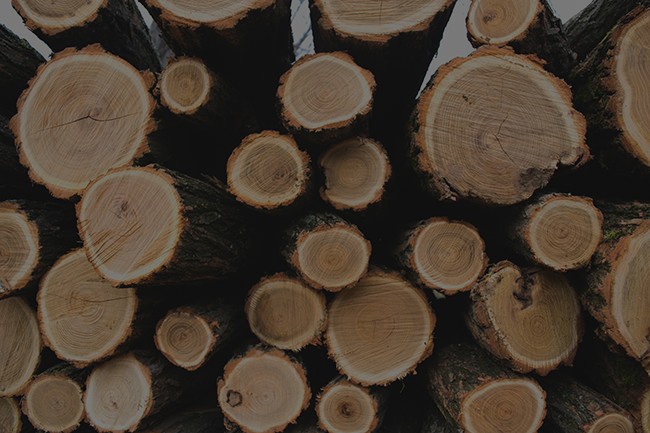This post is part of Plyco's Guide to Veneered Plywood.
Veneers are generally a very big part of working with wood, and here at Plyco, they’re a big part of what we offer to customers. Somebody completely new to working with wood can probably gather that a veneer has something to do with the visual and aesthetic look of a plywood sheet, what exactly is it? While that isn’t exactly wrong, explaining what a plywood timber veneer is goes so much further than that. This week on the Plyco Blog we want to jump in and expound on what exactly is a veneer and what makes them so great!

The entry-level answer to the question of “what is a veneer” is simply that it is thin slices of timber. And when we say thin, we mean thin. This isn’t like a sheet of plywood with an incredibly small thickness, in fact, it isn’t even close when it comes to size. The approximate thickness for decorative timber veneers hovers around 0.6mm, which definitely illustrates how finely it gets sliced. These thin slices of veneer are then usually glued onto the core substrate, which can be a number of things like plywood, MDF, and Particle Board, creating beautiful looking timber panels.
Where Are Those Plywood Veneers?
How exactly are these veneers obtained tough? Surely it’s can’t be as simple as finding a tree and then peeling it like a potato, right? Well if you assumed that sounds a little too easy you’d be correct! There are quite a number of steps to this process and a few variations that can be used, so we’re going to take you through the step-by-step process.
First, workers will identify the finest and highest quality logs. A combination of good looks and size are weighed up here and play a huge role in deciding which logs are the lucky chosen ones. Once selected, the timber is then peeled by slicing large blocks of the wood, which are referred to as “flitches”. The cutting here is actually pretty crucial to the final product, as the technique used and the angle for cutting decide what the grain and appearance of the veneer will be. Once this stage is completed you then have three separate options to how you proceed.
Veneer Veteran Techniques
Using a rotary lathe is usually the process selected when producing plywood veneers. This involves turning the selected wood against an extremely sharp blade in a single, continuous role and is cut concentric (or in circles for those of us who have no idea what that means!) to the growth rings of the timber.
If you’re looking to create a “crown cut” veneer then you’re probably going to want to adopt the “slicing” method. This technique sees the flitches being raised and lowered against a blade repeatedly, which produces thin slices and cuts across the wood’s growth rings.
Finally, if you’re after a veneer that has more texture to it in both appearance and feel you’re going to want to use a half-round lathe. This differs to the regular lathe as it allows the user to turn and manoeuvre their material so that they can gain access to the most interesting and desirable parts of the grain. It’s also known as a rift cut. For those of you who love having complete control you certainly can’t go wrong here.

Deciding which cutting method to use is actually just as important as when a customer is deciding on which veneer to choose! Each method will yield a distinct type of grain, which plays a crucial role in how the final product looks.
Technically, there is also a fourth cutting method, however, it’s no longer used anymore. In ancient times veneers would be sawn, but as modern techniques were created this was abandoned due to being extremely wasteful. Both the ancient Egyptians and Romans used timber veneer heavily and would utilise this sawing technique.

Hopefully, this has helped explain and clarify what exactly a timber or plywood veneer is. Plyco stocks an absolutely massive range of veneers, and also has the ability to source any commercially available veneer for you if it’s not something that we usually stock. We service all of Australia, so whether you need a timber veneer in Melbourne, Perth, Sydney, Brisbane, or anywhere else in Australia, Plyco has got you covered! Make sure you check out our online store to browse our full range of veneers and all the other Plywood goodness we have! If you're looking for some more information check out our posts on Veneered Plywood Applications and Veneered Plywood Sizes.


.svg)

.png)
.png)






